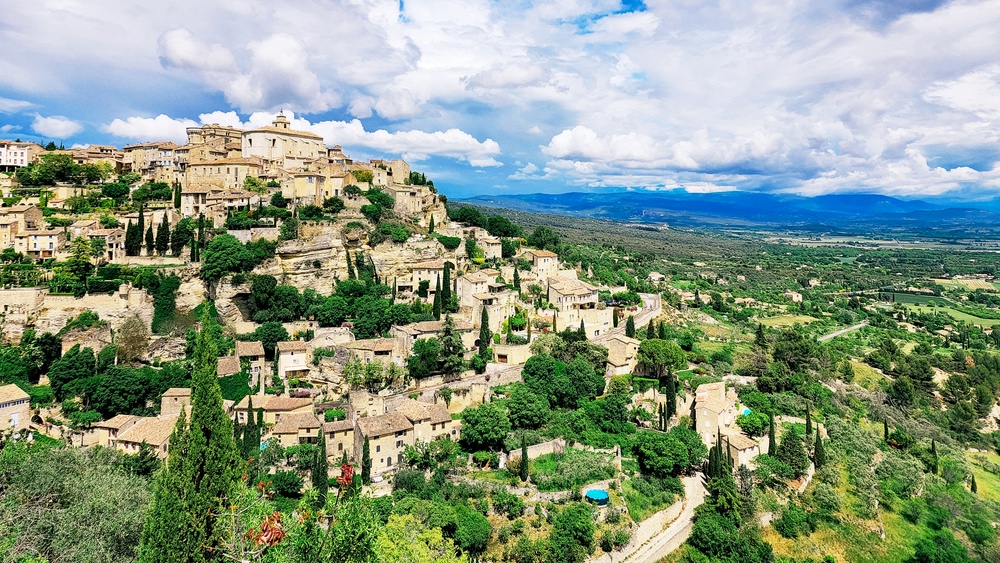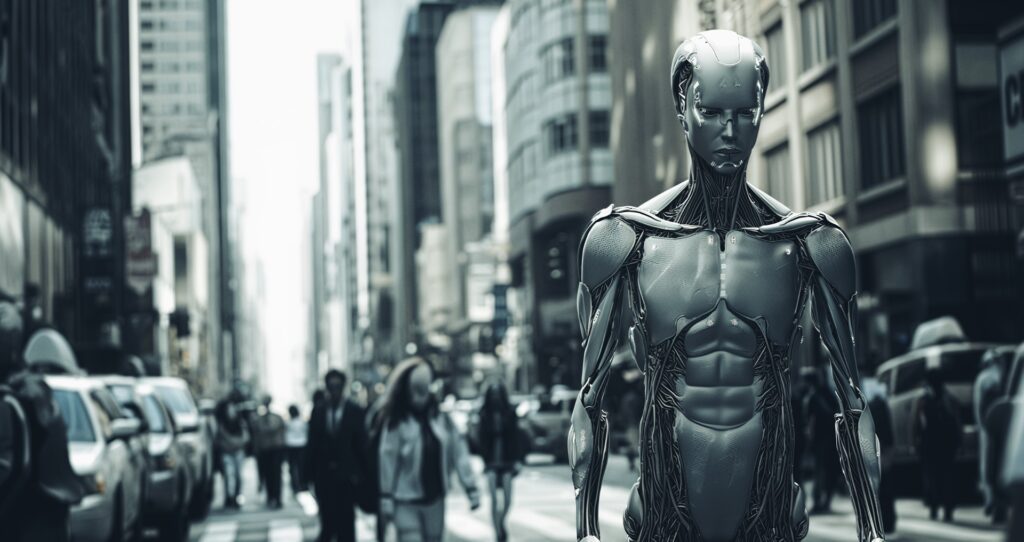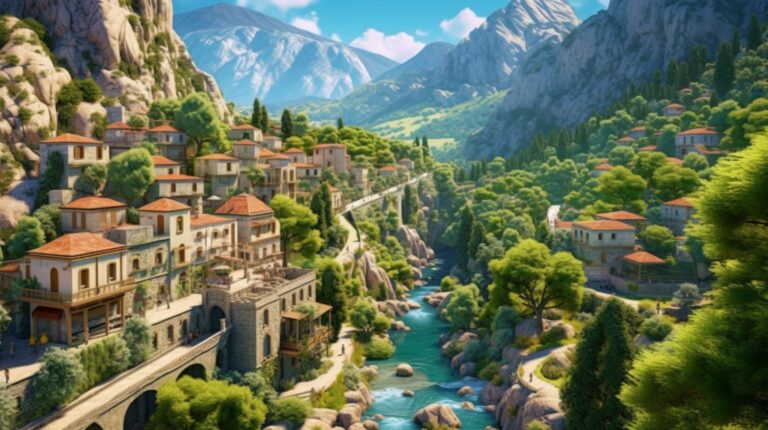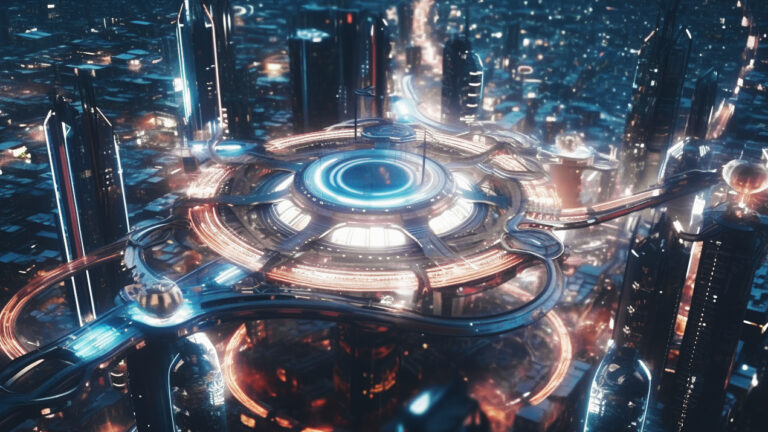Robin Monotti is an architect and filmmaker who made The Book Of Vision.
Biourbanism is an interdisciplinary way of planning and designing cities that focuses on making cities that are healthy, sustainable, and enjoyable to live in by combining nature and people’s well-being.

Similar to permaculture, it involves viewing the region as a whole—a body with interconnected parts working in harmony rather than separate, individual components.
The goal is to improve the quality of life for both people and the environment by focusing on the connection between the built environment and natural systems.
Connecting people with nature in cities can improve mental health, physical health and overall well-being. Biophilic design is one approach to achieving this.
Mathew P White
What is biourbanism, exactly?
Biourbanism is a way of planning cities that connects nature with city design by looking at how cities and nature interact with each other.
It tries to make cities that are prosperous and last a long time by studying how everything works together, connecting urban areas with green areas, making places that are good for both the economy and the environment.
For example, neighbourhoods with parks and gardens in between buildings offer green spaces for recreation, creating slightly more organic harmony.
The best way to get to places while minimising pollution and travel distance is to use fractal patterns in road and path networks. Biourbanism puts social and economic revitalisation ahead of environmental sustainability, bringing nature into cities to make people healthier, reduce crime rates, and build stronger communities.
Basically, it’s about making cities that are kind, successful, and good for the environment through studying natural systems.
The whole is greater than the sum of its parts.
Aristotle
Smart cities are terrible
Meanwhile, a smart city is an urban area that utilises technology, data, and connectivity to supposedly improve the quality of life for its residents, enhance sustainability, and optimise the efficiency of various urban services and systems.
However, overemphasis on technology will lead to a prioritisation of efficiency and economic goals over citizen well-being and, well, what it means to be human.

Put another way, it is technocracy.
And technocracy is a gateway to mass control through surveillance, digital ID, vaccine passports, and transhumanism.
Smart cities are a violation of liberty and sovereignty.
In short
Biourbansim promotes:
• biodiversity and natural processes,
• natural solutions like urban green spaces and permeable surfaces enhance decarbonisation (if you are into the CO2 narrative),
• increases mental health, air quality, temperature regulation, and environmental benefits, and
• creates urban-natural balance, lacking in smart cities.
Here is my conversation with Robin.
Nature heals and restores our souls.
Unknown





